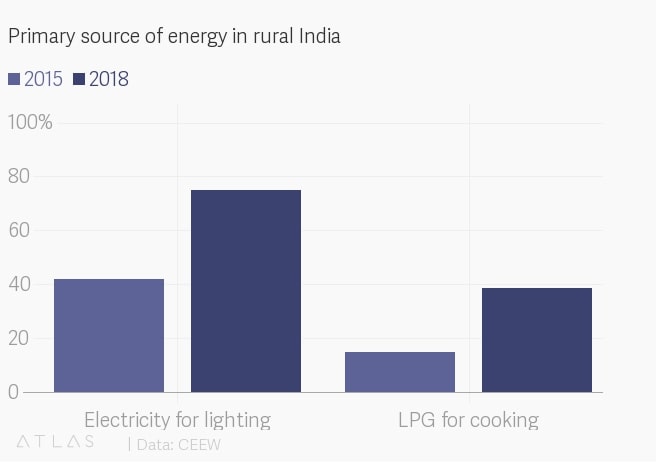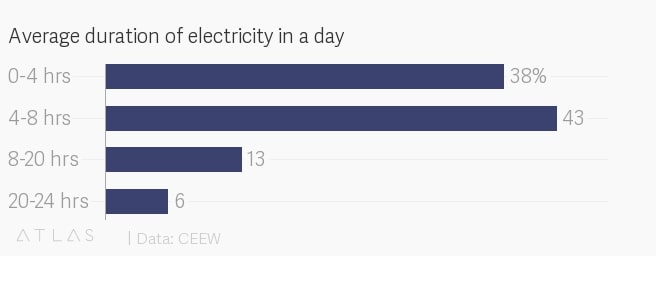7667766266
enquiry@shankarias.in
Why in news?
Council on Energy, Environment and Water (CEEW) recently released a report on Indian villages’ access to energy.
What does the report say?

What are the concerns?

What should be done?
Source: Business Line